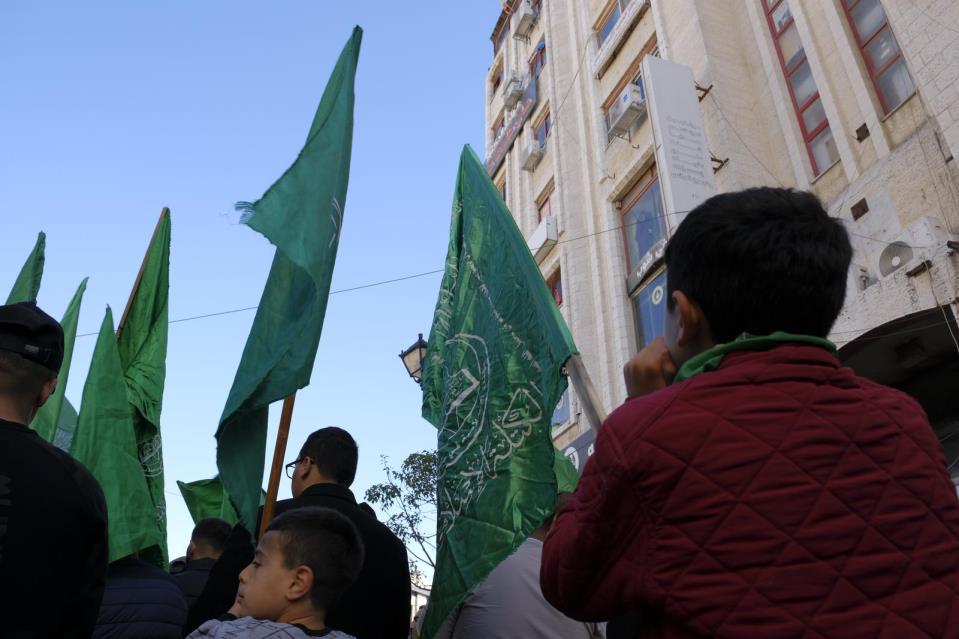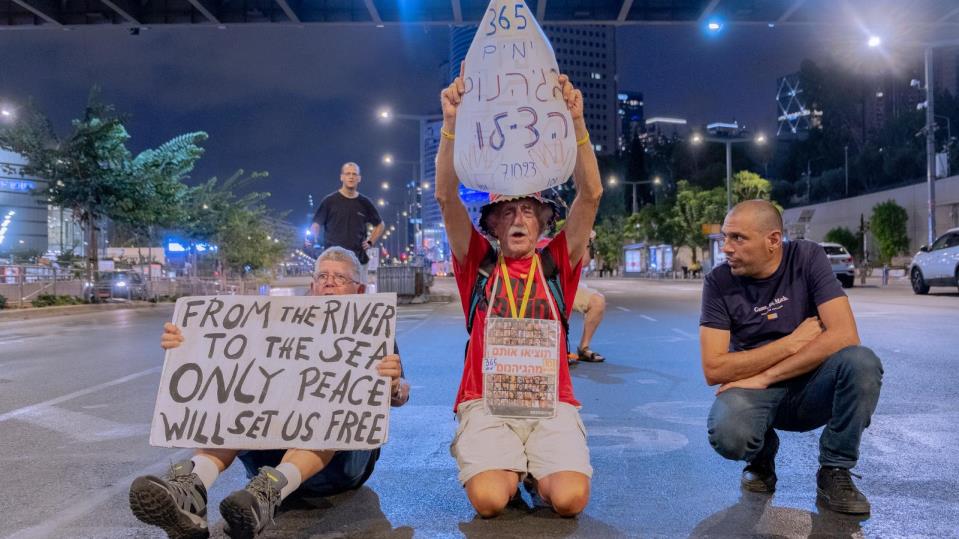Photo journalist Orto noted that the media landscape has shifted dramatically in recent years. When asked about the role of mainstream media in shaping public perception of war and conflict, he explained that "in today's media landscape, mainstream outlets no longer maintain exclusive control over the flow of information to the public. Instead, they function within a fast-paced digital environment where social media often dictates the speed and framing of news coverage". According to Orto, this shift has resulted in a decline in both the depth and quality of reporting, especially when it comes to war coverage. "As a result, complex geopolitical issues are often reduced to oversimplified narratives, limiting public understanding and informed discourse."
Orto also spoke about how Western media often oversimplifies conflicts into black-and-white narratives. He pointed out that this tendency is not just limited to Western media, but rather is a common issue across various outlets. The consequences of oversimplification, he said, are far-reaching. "The primary consequence of such oversimplification is that, rather than providing a comprehensive picture and proper context, media narratives often frame conflicts as a struggle between two opposing sides. This binary approach sometimes overlooks critical nuances, omits key details and fosters polarisation, ultimately hindering a deeper understanding of the complexities at play."
Regarding the influence of social media and citizen journalism on traditional war reporting, Orto emphasised the immediacy that social platforms provide, offering raw, unfiltered perspectives. "Social media and citizen journalism provide immediate, first-hand accounts from the front lines and war zones, offering raw and unfiltered perspectives. However, they often prioritise the emotional impact of images and videos over context and in-depth analysis." While social media helps enhance awareness, it also carries the risk of amplifying misinformation or oversimplified narratives. "Striking a balance between immediacy and contextual depth is essential for a more comprehensive understanding of conflicts."

Photo: Osservatorio Mashrek/Nino Orto
In light of the increasing use of AI-generated content, Orto raised concerns about its potential impact on war journalism. While he believes this issue isn't an immediate crisis, he acknowledges that AI-generated content could soon pose a significant risk. "We've already seen cases where AI-generated images were mistaken for real ones, and while I don't think this is an immediate crisis, it's only a matter of time before it becomes a bigger issue. As AI technology continues to evolve, the risk of misinformation and manipulation in war journalism will only increase." To combat this, Orto stresses the importance of strengthening verification processes to ensure the truth is not distorted.
When asked about the challenges he faces while reporting from conflict zones like Lviv and Sderot, Orto reflected on the constant tension between covering the story and maintaining personal safety. "For me, one of the biggest challenges is finding the balance between getting the story out and staying safe. It might seem straightforward, but in reality, every decision - where to go, whom to trust, when to leave - carries significant weight. The choices are never easy, and the line between courage and recklessness is often thin." Orto's approach to verifying information, especially in areas where access to facts is limited, is rooted in direct observation and cross-checking details. "I always try to witness events whenever possible and verify the information myself. I also make efforts to understand both sides of a story, cross-checking details with multiple sources. During conflicts, misinformation spreads quickly, so relying on direct observation and diverse perspectives is essential to getting as close to the truth as possible."
When recalling a particularly intense moment in his career, Orto shared his experience during the October 2024 exchanges between Israel and Hezbollah. "I found myself caught in two separate rocket attacks with nowhere to take cover. In that moment, I felt utterly helpless - just standing there, fully exposed, knowing there was nothing I could do if the worst happened." He explained that such moments stay with him, leaving a lasting emotional impact. "For weeks, every loud noise triggered an instinctive reaction. It made me realise just how deeply war imprints itself on those who live through it."
Orto also reflected on the neutrality of war journalists and whether it is possible to remain entirely unbiased while reporting. "I believe that journalists should describe what they see without any external influence or bias. Of course, journalists are human beings with a personal perspective on events, and what they report is inevitably filtered through their feelings and background."
Maintaining truthfulness in reporting is a priority for Orto, and he ensures that his work does not sensationalise the suffering he documents. "I focus on staying behind the story, letting the facts speak for themselves, and presenting reality as it is, without exaggeration or distortion." He believes that war journalists have a critical responsibility to avoid turning suffering into spectacle for the sake of engagement.

Photo: Osservatorio Mashrek/Nino Orto
Orto also discussed the challenges faced by war journalists in an era where funding for traditional media outlets is often limited and political pressures are mounting. "Yes, I believe there is a real risk. It's a challenge every journalist must navigate carefully," he said, acknowledging the difficult balance between maintaining journalistic integrity and working within the constraints imposed by external forces.
Orto's exhibition, The Other Side of the Wall, seeks to provide a more nuanced, human perspective on the Israeli-Palestinian conflict. When asked what motivated him to document both sides of the conflict, he explained: "With over a decade of reporting on the Israeli-Palestinian conflict, I have formed personal bonds with people on both sides. These connections have shaped the way I see the story. Not just as a journalist, but as a human being. The Other Side of the Wall isn't just a title; it's a reflection of my own journey, crossing that divide, listening to voices on both sides, and realizing that, despite everything, their humanity is the same." For Orto, the exhibition is about capturing the shared fears, hopes and pain experienced by individuals on both sides of the wall, beyond the politics that often define the conflict.
Finally, Orto was asked if he had concerns about how his work might be received given the polarising nature of the Israeli-Palestinian conflict. His response underscored the power of first-hand experiences to challenge biases and shift perspectives. "I believe that being present and experiencing things first-hand has a unique power - it can challenge biases, even if only slightly, on both sides of this conflict. Seeing reality up close, beyond headlines and narratives, has the potential to shift perspectives in a way that words alone rarely can."
'The Other Side of the Wall', which will be held at Palma Studios, Mosta, from 4 to 6 April, invites viewers to look beyond the headlines and gain a deeper understanding of the human side of the Israeli-Palestinian conflict. It's an opportunity to engage with the stories of those caught in the crossfire, offering a powerful, personal view of a long-standing and deeply complex issue. The exhibition opens on Friday, 4th at 7pm, remains open on Saturday between 9am and 1pm and from 4 to 7pm, and on Sunday from 9am to 1pm. Entry is free of charge.